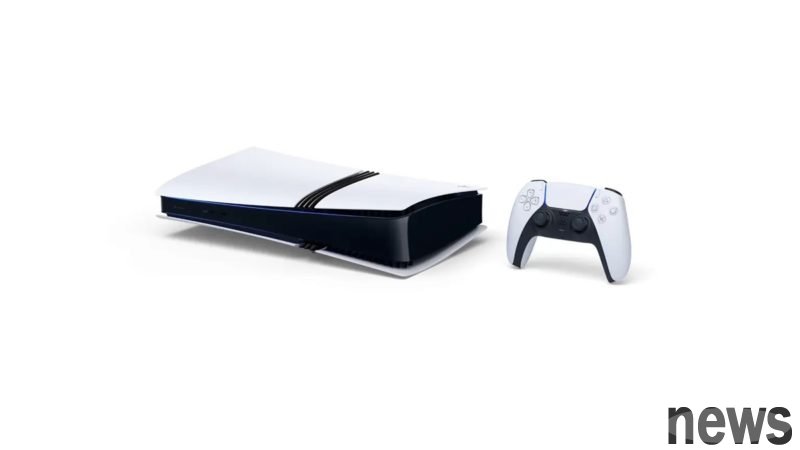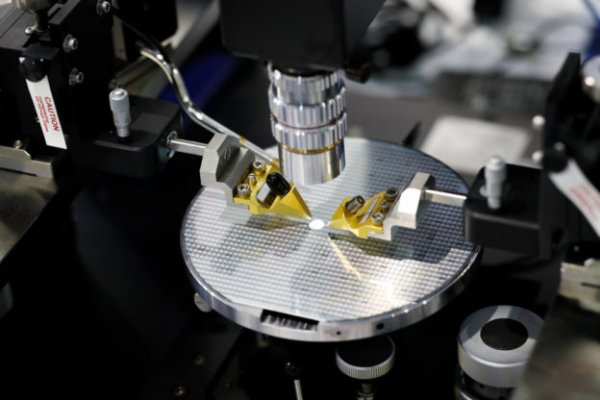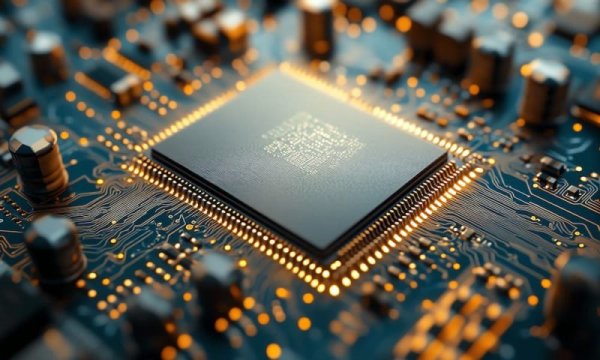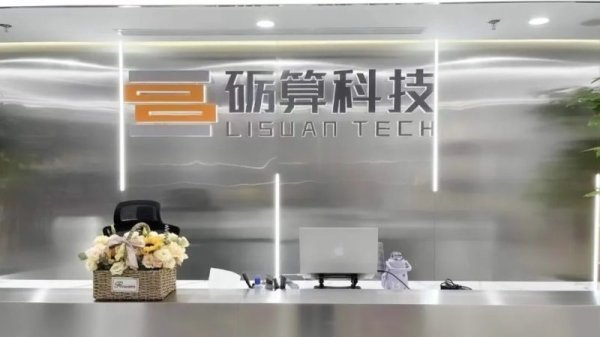AMD joins hands with SONY to preview next-generation SoC, the market expects it to be used not only on PS6

Chip manufacturer AMD and technology giant SONY recently jointly previewed AMD's new method of improving SoC performance in the future through a YouTube video called "Project Amethyst." The release of this news immediately triggered strong speculation in the industry about next-generation game consoles, especially PlayStation 6 (PS6) applications.
In fact, market news pointed out in early 2025 that AMD has completed the SoC design of PS6 and entered the verification stage. Among them, the new SoC will use Chiplet and large temporary memory to handle mixed tasks, and may also use GDDR7. The performance will be greatly improved and users will have a better experience. Therefore, as soon as this collaboration trailer was released, it immediately drew everyone’s attention to PS6 applications. However, the footage reveals three new graphics technologies that could be important beyond just being used in next-gen consoles.
In the video, AMD will focus on three major areas of innovation in the development of its future SoCs to improve performance, image quality, and reduce memory burden. These include Universal Compression, Neural Array, and Radiance Cores.
In the general compression part, the technology works by compressing all graphics data. Because the less compressed the data is, the more memory is required for processing and the slower it goes through the interface. Since today's chips are much faster than ever, it becomes performance feasible to use them to compress all graphics data, making the advantages of general-purpose compression significant. Even if the performance gain is constant, it may mean less memory is required. Reduced memory requirements are an important deciding factor for 4K or higher resolution gaming experiences and the price of control hardware.
As for the neural array, it is the key to accelerating AI upgrade technology. Because matrix multiplication is a key algorithm for accelerating AI processing on devices, for example, NVIDIA's Tensor core handles such operations. In today's graphics processing, image quality upscaling technology (upscaling) is mainly driven by machine learning algorithms that rely on AI, such as NVIDIA's DLSS and Intel's XeSS.
The neural array is designed to accelerate this key matrix multiplication operation. The importance of upscaling technology is that it is the primary method of achieving higher resolutions (such as 4K and beyond) without sacrificing performance, and is a core element of technology that improves image fidelity and performance. AMD's version of the image quality upgrade technology is FidelityFX Super Resolution, and its next-generation technology FSR Redstone (likely part of the RDNA 5 architecture) will require the support of these neural arrays. In addition, these arrays will also be required for PSSR, SONY's variant of picture quality upscaling technology.
The last part is the core part of ray, which is mainly trying to make up for the long-term gap in ray tracing. Tests have long shown that AMD has lagged behind rival NVIDIA in ray tracing performance. This is partly because AMD's processing used to happen within its main computing unit cores, which were also optimized for other types of graphics processing. As a result, ray tracing can significantly slow down frame rates.
However, the new ray core separates the processing of ray tracing acceleration. This architecture is similar to NVIDIA's RT cores. Ray tracing is not just for realistic reflection effects, it can also significantly improve lighting effects, so a dedicated acceleration unit is crucial to improving visual quality.
Currently, in addition to its close cooperation with SONY, AMD's chips power almost all game consoles, including Xbox and Steam Deck, with a few exceptions being the Nintendo Switch series, which uses NVIDIA chips. Moreover, AMD's technology is also used in laptops and its own graphics cards. Better integrated graphics technology is always in the best interest of laptop users who want to play games without breaking their budget. Therefore, this preview is likely to be the first of many plans for new PS6 technologies and AMD’s RDNA 5 architecture. It is expected that the outside world will hear more details about these technologies as soon as January 2026 at the International Consumer Electronics Show (CES).




